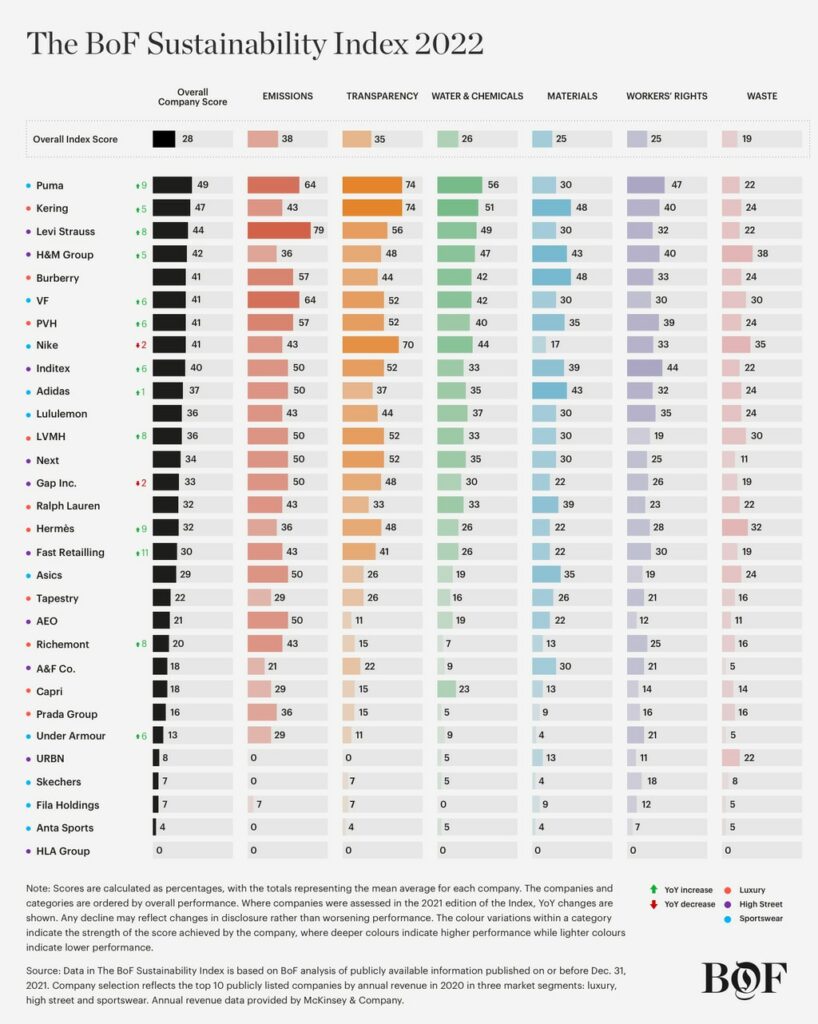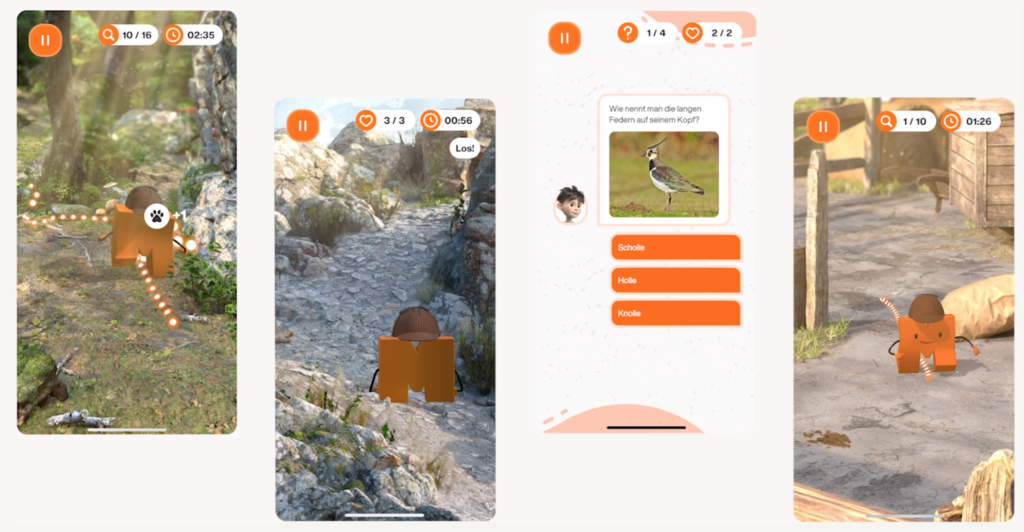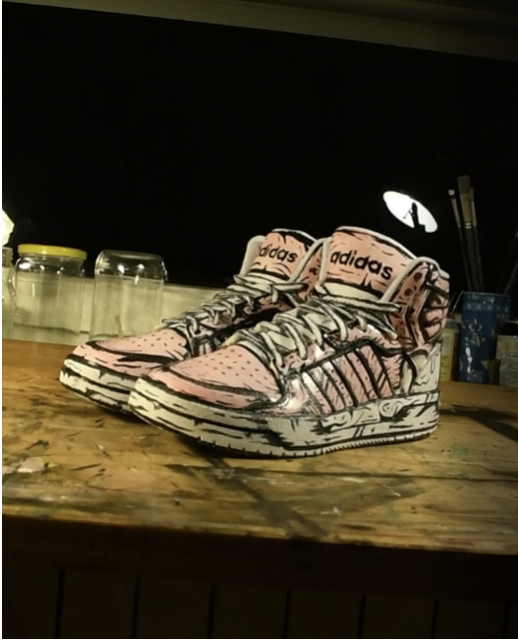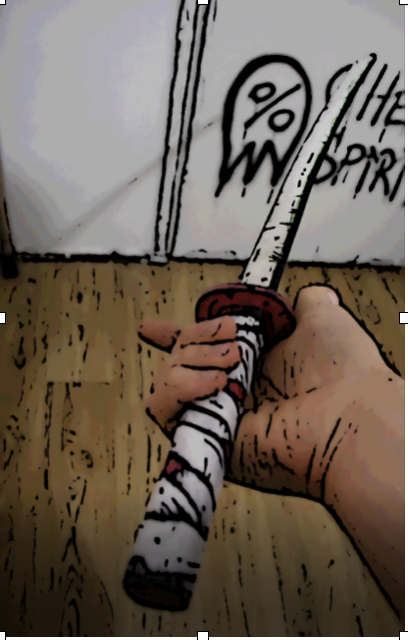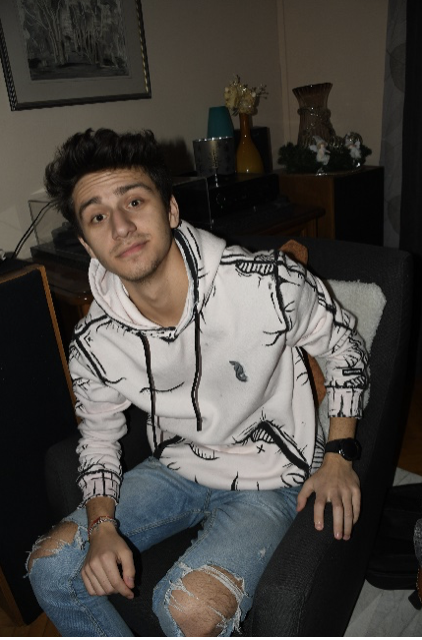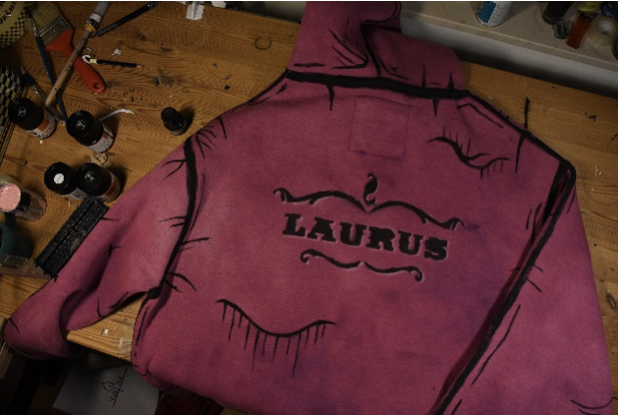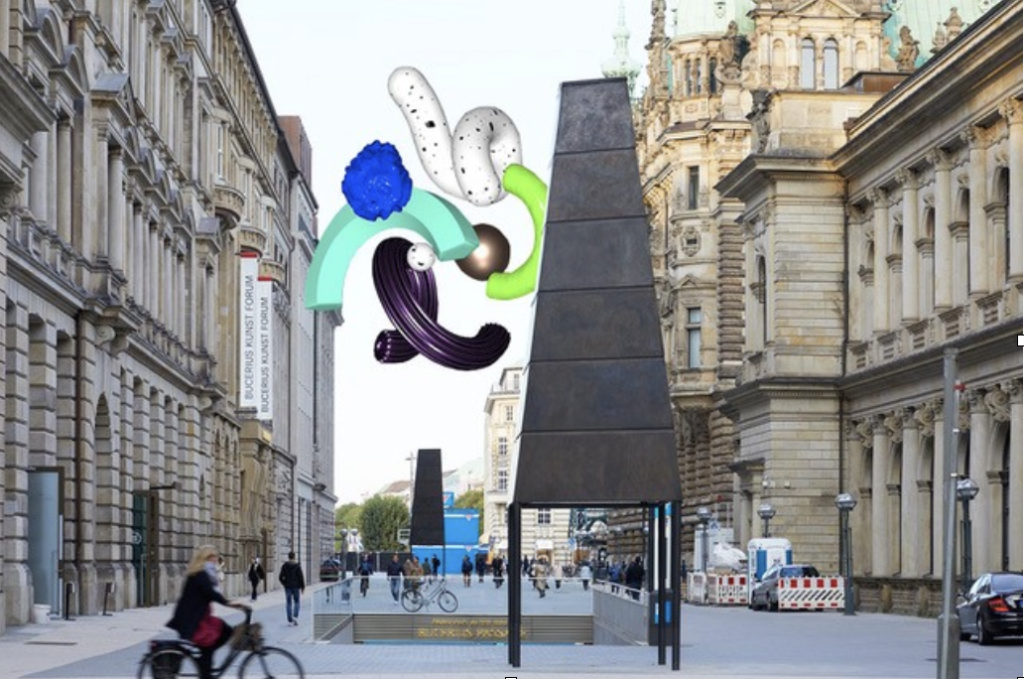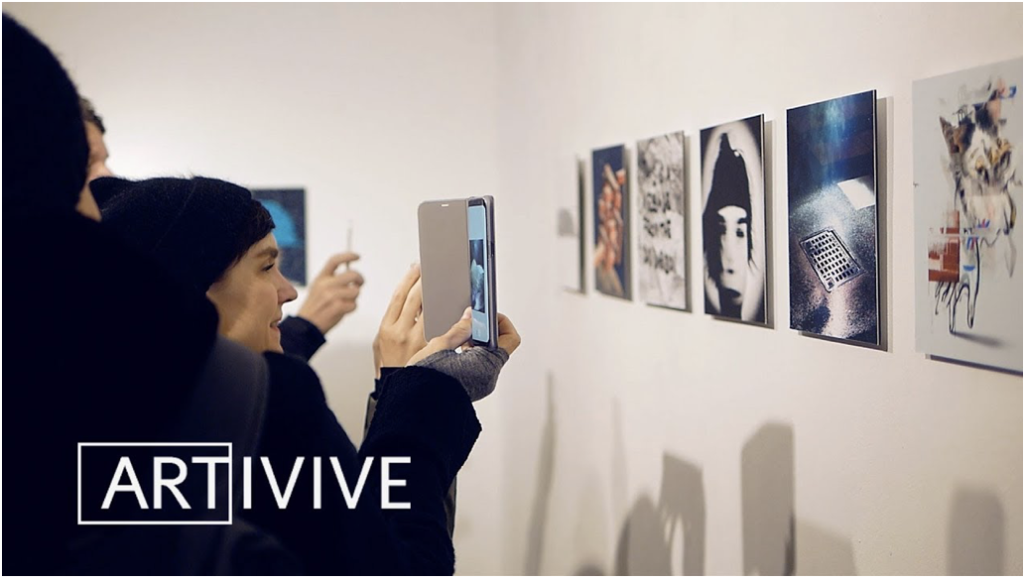This remarkable phrase, which I put in the title, was said by Lord Kelvin in 1895, the eminent physicist, then president of the Royal Society. By the way, the unit of measurement “Kelvin” is named after him. This statement was made just eight years before Orville Wright made the first controlled airplane flight. Already by 1904 there was a more advanced model of the plane, capable of performing maneuvers. A year later there was a third “modification”, this model could stay in the air for about thirty minutes.
Just a year ago, we only laughed at AI and neural networks, finding their attempts to look “natural” funny. Siri was “born” only 12 years ago. The first iPhone was released in 2007. GSM was born in 1992, just 30 years ago. We never know how far technology can go or what to expect from it. In this article I would like to remember some inventions that were once met with hostility, but found their place in the world in the future.
Is it spinning or not?
Copernicus was a scientist of the early 16th century, the author of the heliocentric system of the world, which marked the beginning of the first scientific revolution. Scientists before Copernicus believed that the Earth was the center of the universe, and the world was divided into sublunary and supralunary. That was until Copernicus published his major work, On the Revolutions of the Heavenly Spheres, in 1543, outlining and justifying the heliocentric system of the world. The Polish astronomer assumed that the Sun was at the center of the universe and that the Earth was only one of the planets moving around the Sun. Copernicus also stated that the firmament in which we observe the stars every day does not revolve around the Earth, as previously thought, but is at rest. With his research, the scientist shattered the foundations of traditional worldviews, which caused resentment and misunderstanding among ordinary people. His doctrine was officially condemned 73 years after publication, and only in time did astronomers recognize that Copernicus, and his “colleague” Galileo Galilei, were right. The Earth does revolve. By the way, many people mistakenly believe that Copernicus was burned for his bold statement, but this is not true. The scientist died at the age of 70 from a stroke.
The Age of Steam or Sail?
Another telling story that not all great discoveries were welcomed with open arms is the invention of the steamer. In 1800, American engineer Robert Fulton began experiments to create a steam engine and modernize sailboats. As is not difficult to guess, the scientist’s proposal was met with a hostile reception.
“Mr. Fulton’s proposal to install a steam engine on seagoing vessels is sheer nonsense. A steam engine cannot replace sails.” – Fleet Commissioner François Le Moyne.
Despite the disapproval of colleagues and the public, Fulton still embodied his idea to life, and in 1803 created a steam ship 20 meters long. It was tested on the River Seine, where it reached a speed of three knots against the current. But successful tests did not help the scientist to convince people of the necessity of his invention. Napoleon Bonaparte did not believe in the success of the project either. It is worth noting that ten years later the emperor changed his mind. On Fulton’s models were built several steamboats, including a warship with 44 cannons. But his inventor never caught it.
Space and journalists.
The era of rocket technology did not begin so long ago, and its history was not so easy in the beginning either. In 1909, Robert Goddard proposed a project to create a multistage rocket. The scientist agitated that once the fuel from the tanks was completely consumed, the stages would be discarded, thus reducing the mass that needed to be accelerated to higher speeds. When the scientist talked about his project, many thought the scientist’s words were fantasies. In his column, the editor of the Technology News section of The New York Times even ridiculed the scientist and his idea. But no one knows the journalist’s name now, and Robert Goddard has gone down in world history. The scientist created a liquid fuel rocket, which was tested in 1926. The first prototype rocket was only about 20 centimeters, which took off in just two and a half seconds to a height of about 12 meters and flew 56 meters. Goddard’s designs were used to build dozens of real rockets in the future. The New York Times, by the way, then took it back and apologized for their article.
So, in conclusion, I would like to emphasize again that none of us can tell which technology will be successful and which will remain in the dustbin of history. Sometimes technologies that cause skepticism turn out to be vital after a couple of decades, and sometimes loud and promising inventions are soon forgotten. But that’s a topic for another article…
References:
Misra, R. (2015, December 16). The greatest newspaper correction ever written (49 years too late). Gizmodo. https://gizmodo.com/the-greatest-newspaper-correction-ever-written-49-year-1491590487
Hartenberg, R. S. (1998, July 20). Robert Fulton | Biography, Inventions, & Facts. Encyclopedia Britannica. https://www.britannica.com/biography/Robert-Fulton-American-inventor
Westman, R. S. (1998, July 20). Nicolaus Copernicus | Biography, Facts, Nationality, Discoveries, Accomplishments, & Theory. Encyclopedia Britannica. https://www.britannica.com/biography/Nicolaus-Copernicus
The Wright Brothers and the Invention of the Airplane. (2021, April 25). ThoughtCo. https://www.thoughtco.com/airplanes-flight-history-1991789
